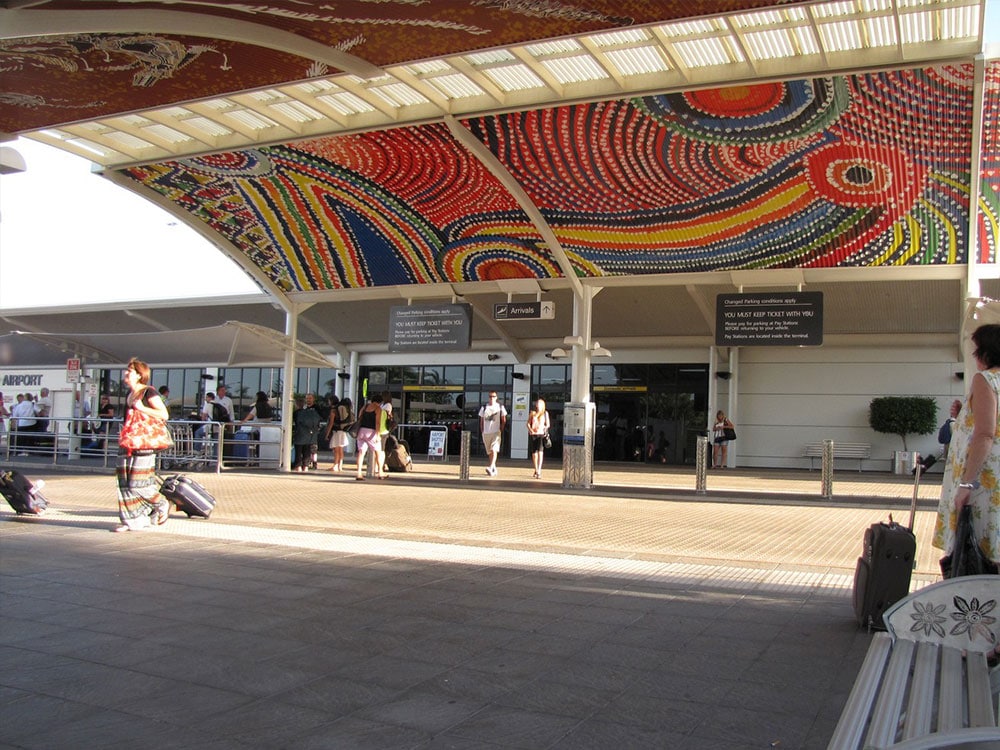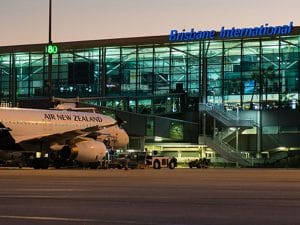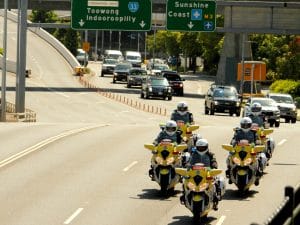ACCESS CONTROL CHALLENGE
Darwin International Airport (DIA) serves more than 2.2 million passengers a year. It’s the Northern Territory’s (NT) primary airport and the tenth busiest in Australia.
Like all airports, DIA is large and sprawling, with international and domestic terminals, plus one for cargo. It supports many retail outlets and cafeterias. And it shares runways with the Royal Australian Air Force. Strong security is imperative.
The airport must maintain sterile areas that only authorised people can access. But DIA systems coordinator Nikkie Harley says the existing mechanical system posed problems. “We found our conventional mechanical master-key system had a lot of security risks associated with lost keys and the lack of being able to see who was accessing which doors, gates and when.” These challenges prompted the search for a better access control system.

“Being able to control individual access privileges and pull audit trails has allowed us to strengthen the security of our airport,” she says. “The fact that we can now easily and quickly block lost keys means we can eliminate potential security breaches of unauthorised access to secure areas, something that was just not possible with a mechanical master-key system.”
ACCESS CONTROL SOLUTION
Harley says DIA required a robust, user-friendly system that could meet stringent aviation security requirements and withstand the harsh NT climate.
DIA required full access control of all assets — including remote gates — under a single coordinated umbrella.
EKA CyberLock electronic lock cylinders would replace even the mechanical padlocks that governed perimeter access to runways. Some people who used these gates (such as the fire department officers) never visited the terminal so they had to have a way to update their keys. Wired solutions were out of the question.
“There were no network points or power at these gates,” says installer Ryan McGovern. “So a solution had to be engineered to provide power and network at these places. The DIA staff including the security manager Matt Cocker and the IT manager Tim Woods initiated the
concept of running solar-powered [authoriser] units using the 3G network to communicate with the server.” On-site proof-of-concept testing was successful. “The information from the [central] database is transmitted to the key update authorisers using TCP/IP protocols,” McGovern says. “In the terminals this transmission is over ethernet cabling but on the perimeter, where cabling could not be achieved, the 3G network has been used for the communication between the server and the key updating authorisers.”
Off-site pre-commissioning of the equipment — a central server for administration, operation, control and auditing, plus several key authorisers all connected to the server via 3G or LAN, plus 194 electronic lock cylinders and 182 CyberKeys – meant on-site installation was accomplished in just three days. DIA’s own security staff handle all day-to-day management of the new system.
“Security Coordinator Renee Overend is owner of the system,” says Harley. “She pulls reports, monitors, adds new keys and so forth, with risk assessments conducted by our security manager Matt Cocker.” According to Harley, the system provides DIA with vital transparency and audit trails.
“Being able to control individual access privileges and pull audit trails has allowed us to strengthen the security of our airport,” she says. “The fact that we can now easily and quickly block lost keys means we can eliminate potential security breaches of unauthorised access to secure areas, something that was just not possible with a mechanical master-key system.”






